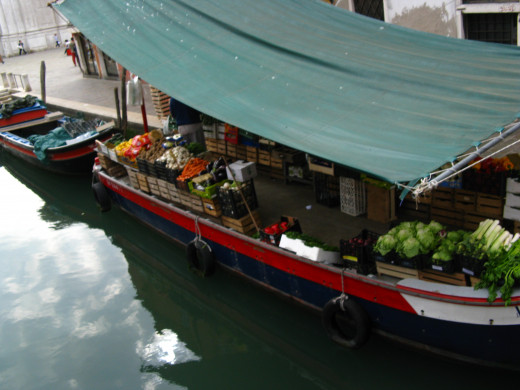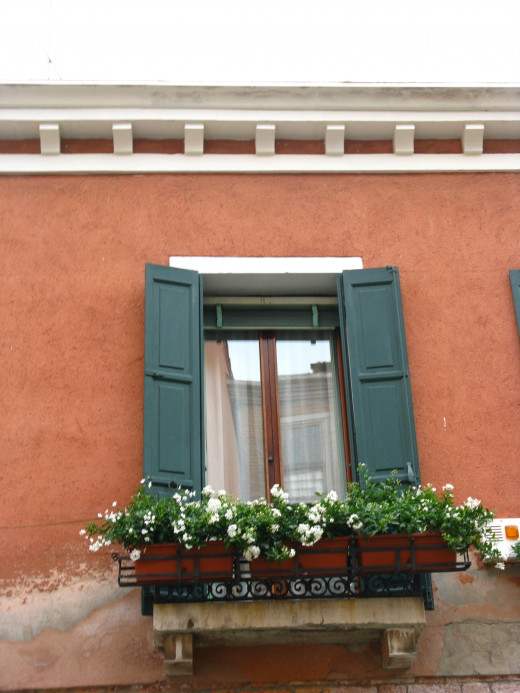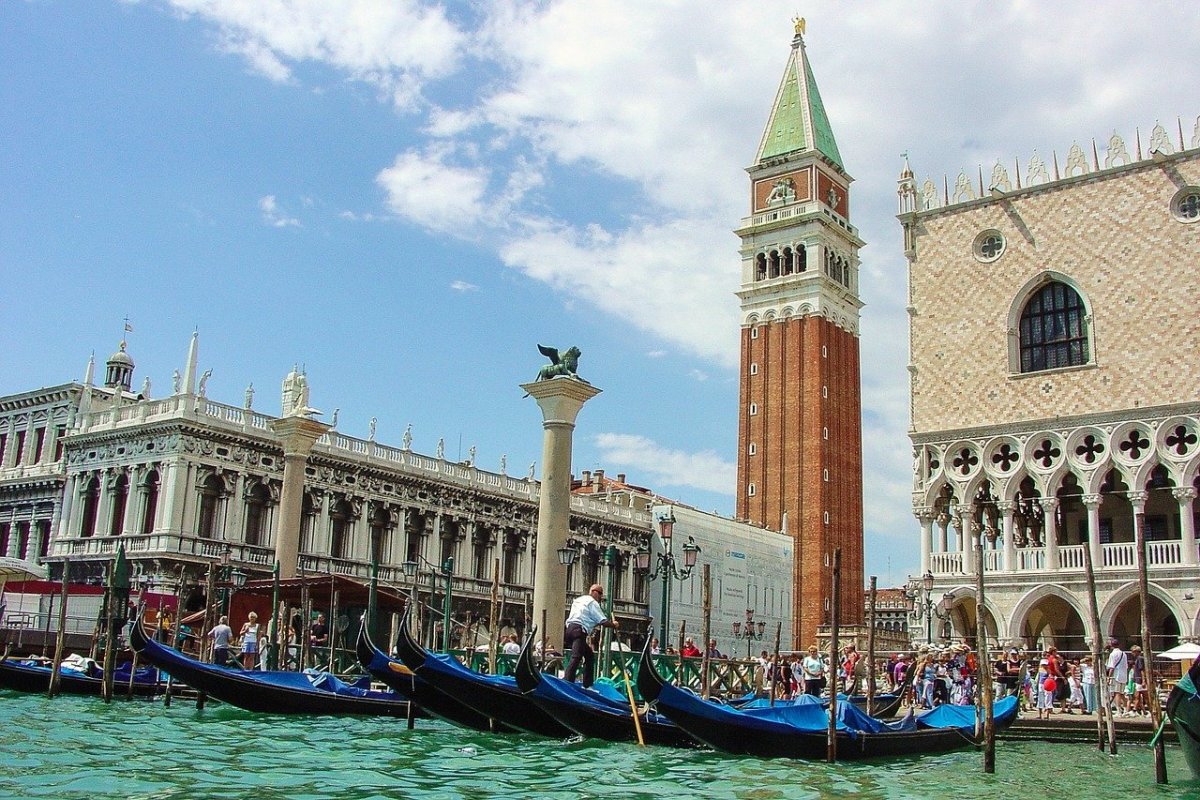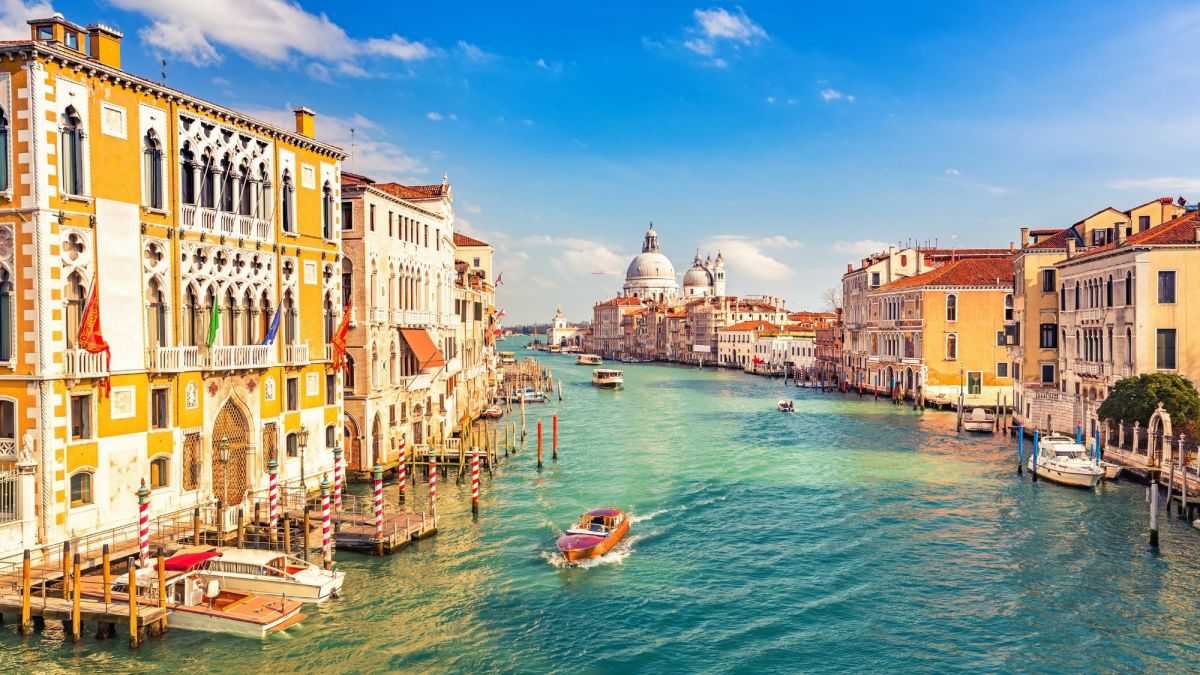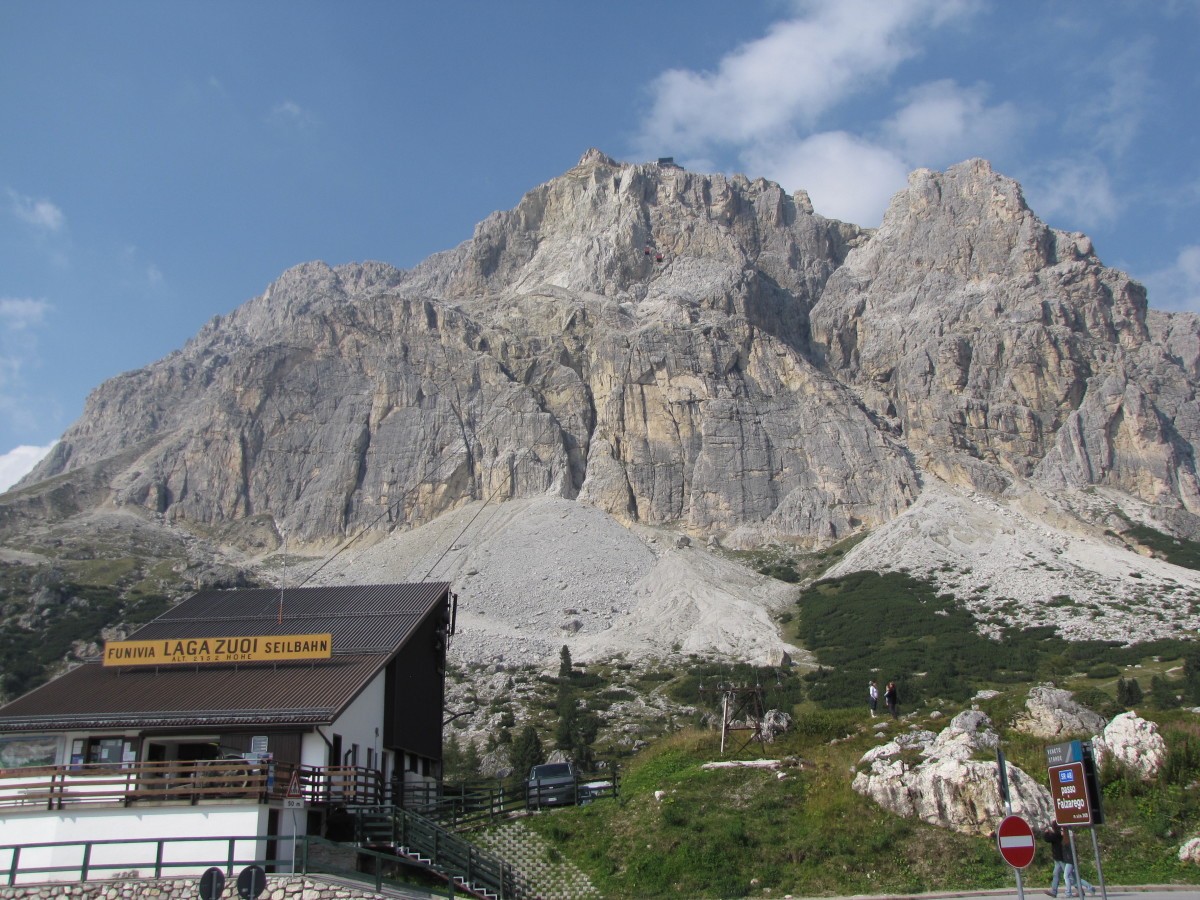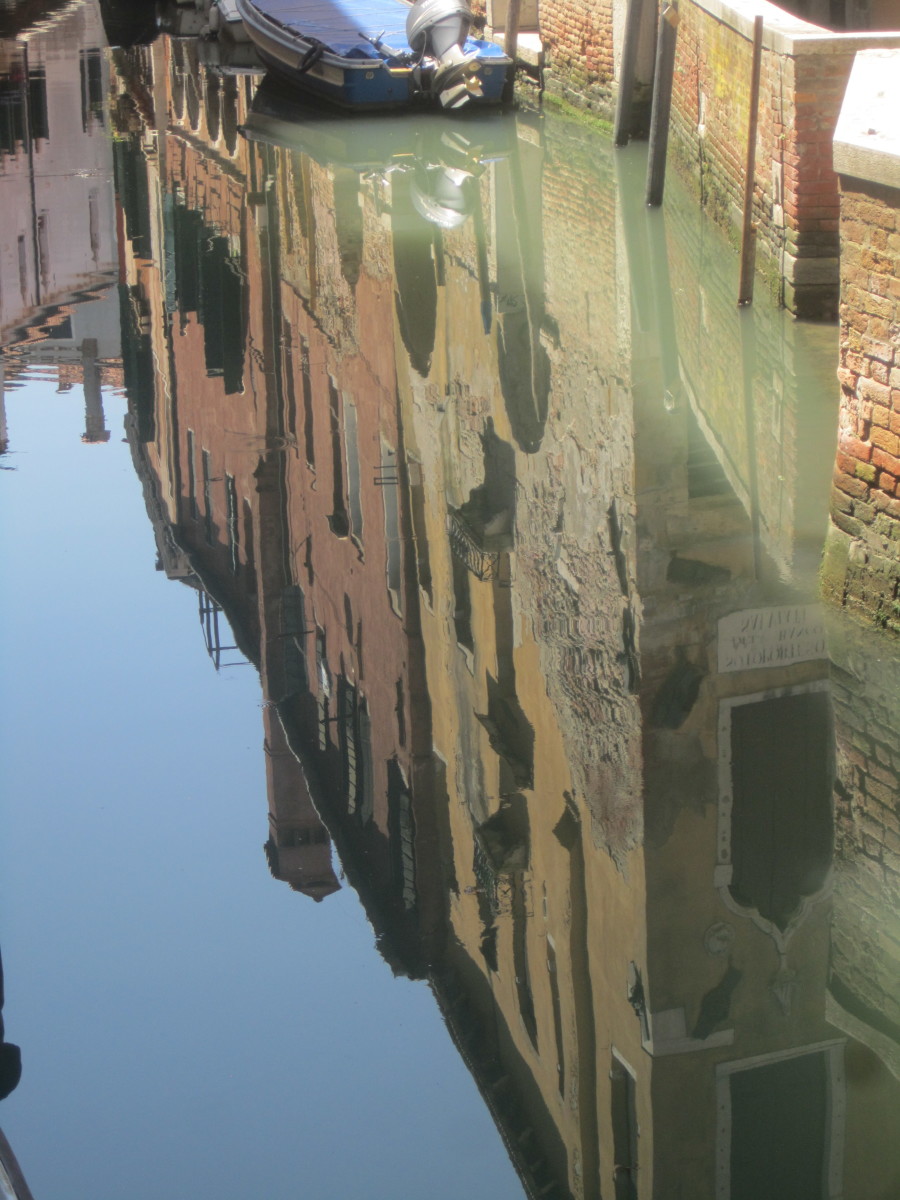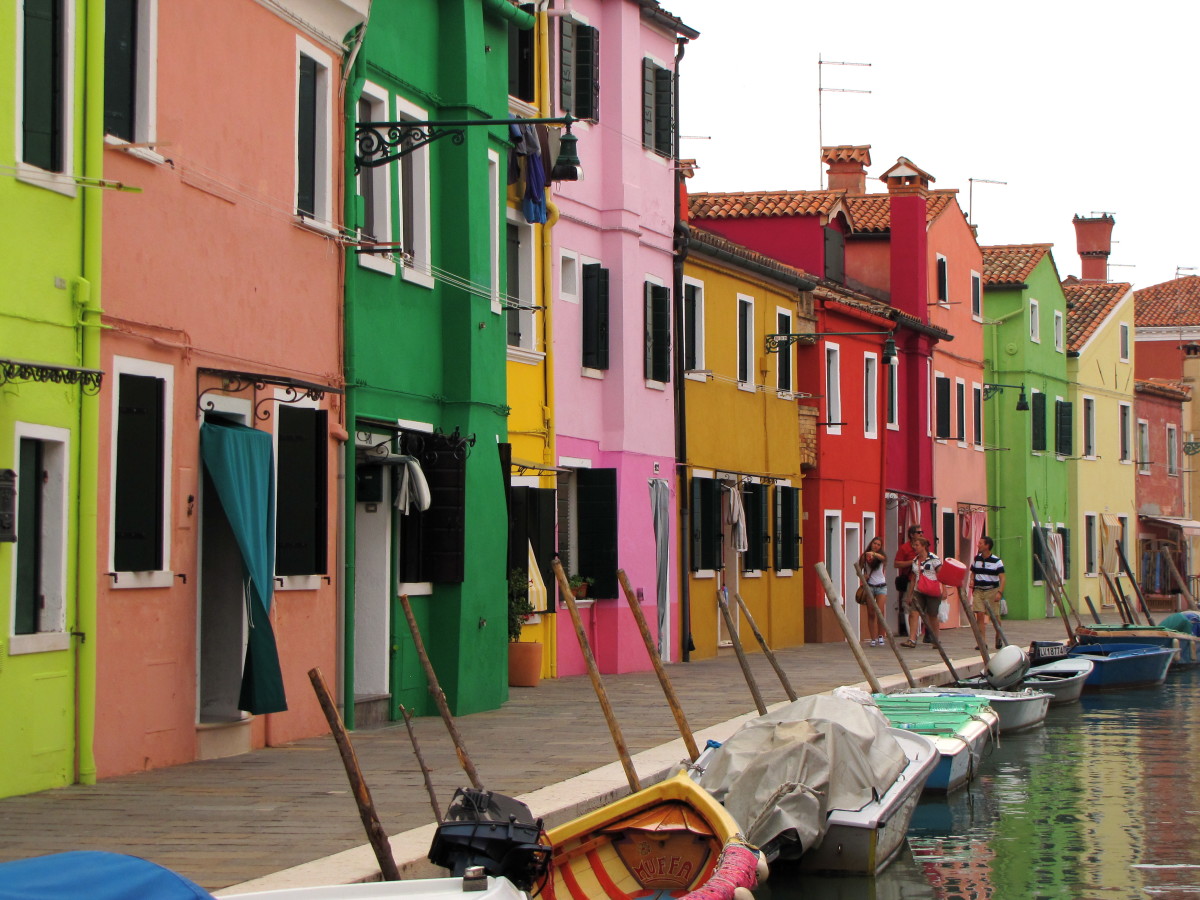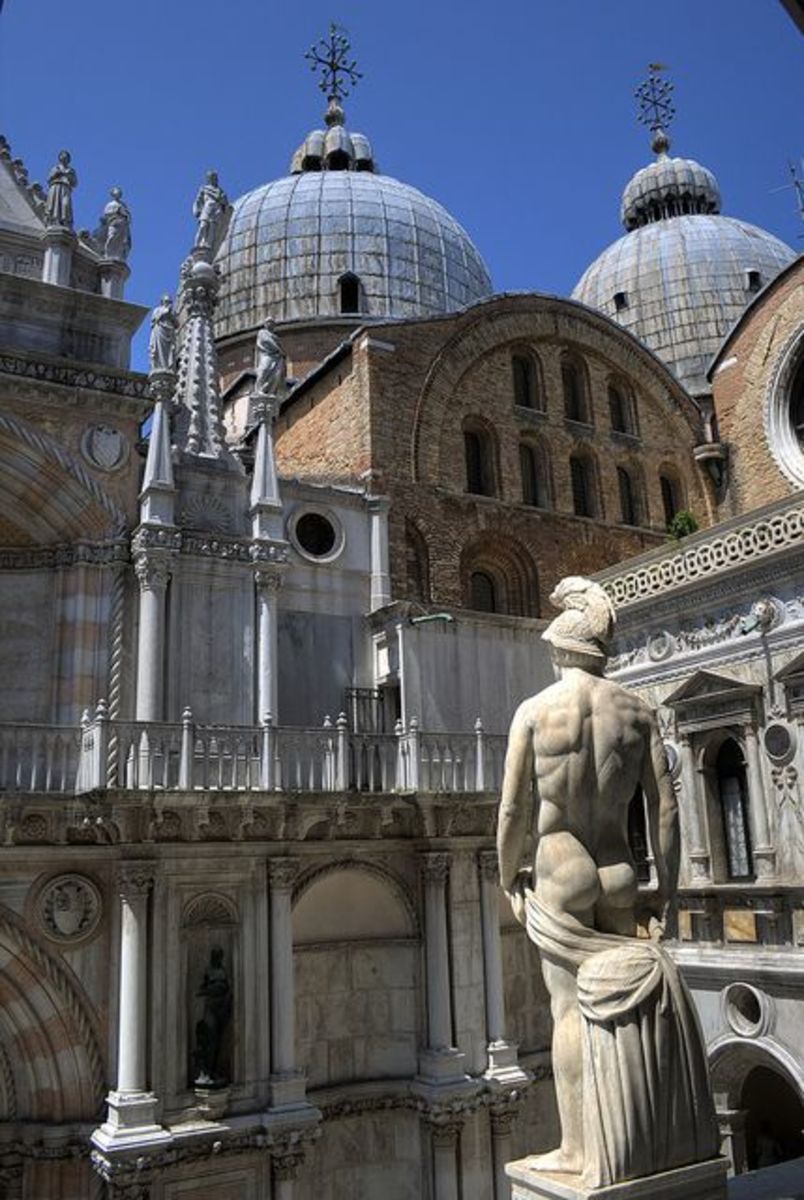My Italy Travel Blogs - Pictures of Venice
Like a city out of a fairy tale, Venice seems like a figment of a child's whimsical daydream. Streets of water? Boats instead of cars? Colorful plastered walls—now faded—and chipped statues of Grecian women carrying pitchers line the water of the Grand Canal. Every narrow alleyway glitters with liquid moonlight, intricate stone bridges spanning the gap between buildings.
Venice is the city that raised Marco Polo. Caressed by the sea, Venice must have given Marco the feeling that the sea equaled opportunity, not danger. Boats and canals were his cradle; ships and seas would be his life.
Pictures of Venice
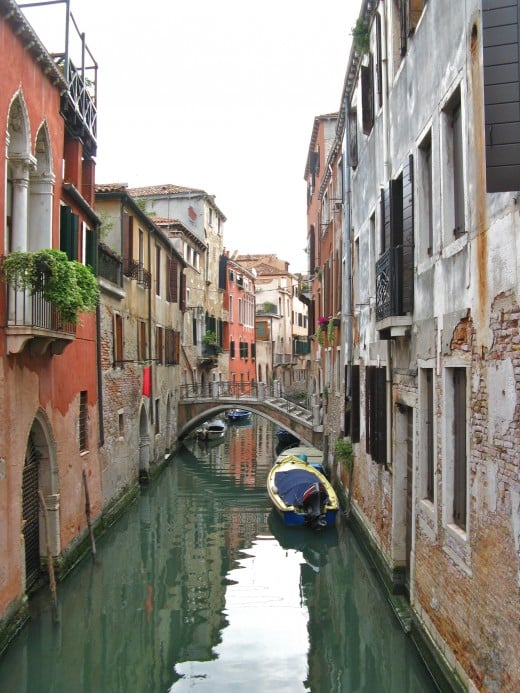
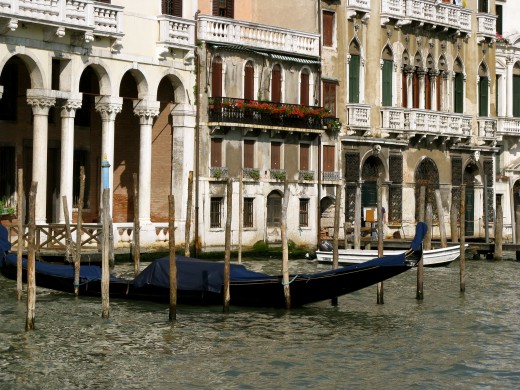
Venice, Italy blog
Our band of five travelers, including my brother and I, were exploring Venice for the first time. We drove across the bridge (Via Liberta) from mainland Italy to Venice, and parked our car in the Piazzale Roma, in the San Marco garage. Because we were just outside the busiest tourist season (we visited in May), this garage was not the crowded nightmare that many have experienced, but was highly convenient for us. After a drive up the seemingly-endless spiraling ramp to the top floor of the garage, we saw our first view of Venice: tiled roofs in salmon-orange competing for space, almost piled on one another, with not a bit of the low-lying water visible between the buildings.
Picture of Venice: my first view
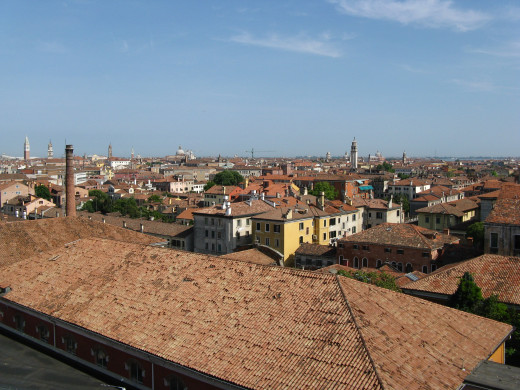
Once we were down on the cobblestone walkway outside the parking garage, a flurry of decisions had to be made. The hotel we had booked for the night was Hotel Mercurio, near the Piazza San Marco, which was on the other side of Venice. The cheapest transport option were the vaporettos, (bus-like boats) that weren't terribly fast or romantic, but would get us there and give us a good view of Venice from the water of the main "highway," the Grand Canal. Winding like a backwards S-shaped snake through the heart of Venice, the canal was full of speed boats, black gondolas, bus boats, and bridges. To get a better view, we stood outside, on the deck of our vaporetto.
Pictures of Venice from the Boat
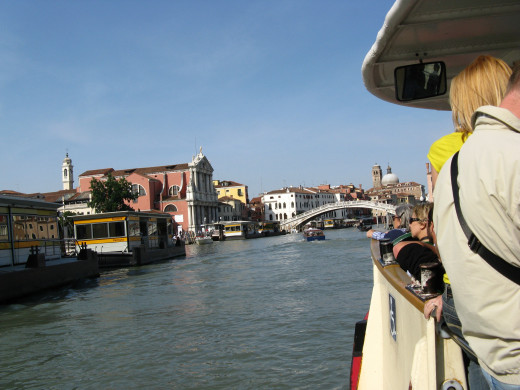

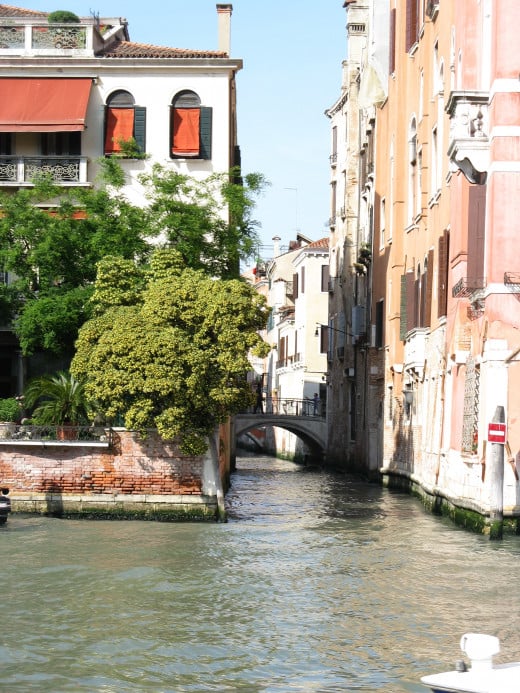
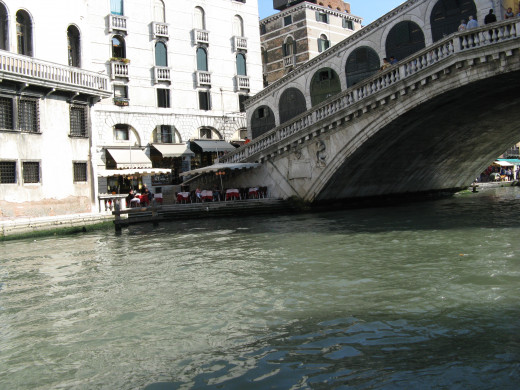
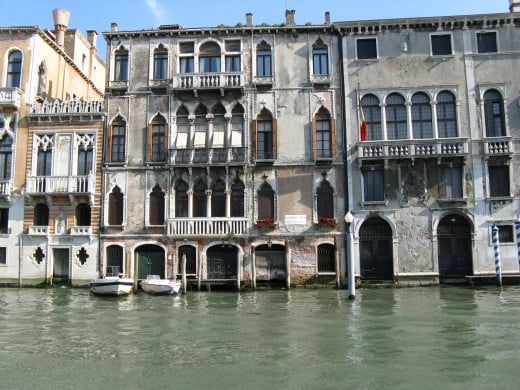
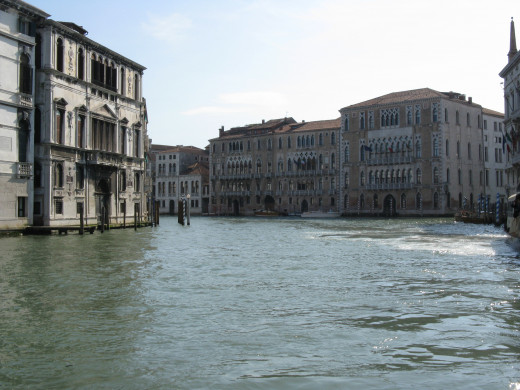
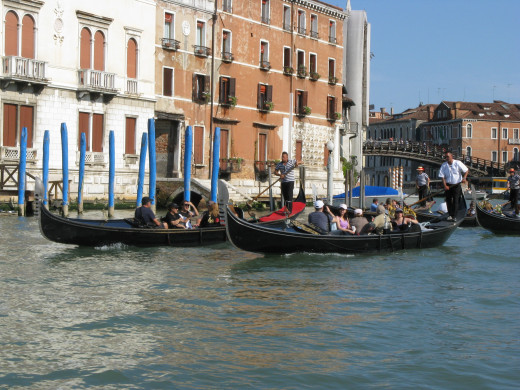
Venice, Italy: Gondola Rides vs. Bus Boat Rides
I had done some research on gondola rides and rates before I arrived, and knew the 80 Eu. rate for a 40 minute gondola ride was too much for my slim Europe-in-two-weeks budget. I also had read that the more picturesque waterways, in quiet little streets winding between frescoed walls, were not a part of the gondolier's route unless requested—or bribed. So, we drank up all the sights and sounds to be had on the deck of our vaporetto for only 7 Eu, and when we hopped out to drop off our luggage at our hotel, we planned to see the rest of Venice on foot. If we could have rented a gondola for an evening and paddled it ourselves, we certainly would have, but only Venice residents are allowed to apply for a license.
Venice on foot was not disappointing! We started with a walk along the Grand Canal to find an Italian restaurant with outside dining. My carbonara pasta was delicious, and as the lowering sun tinted our world golden, a paunchy Venetian with an accordion and a rich voice directed his sonnets to us.
Pictures of Venice: Dining on the Grand Canal
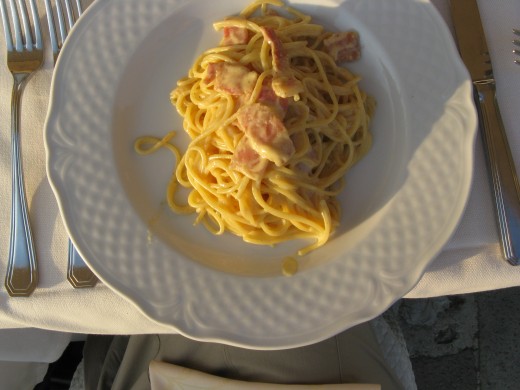
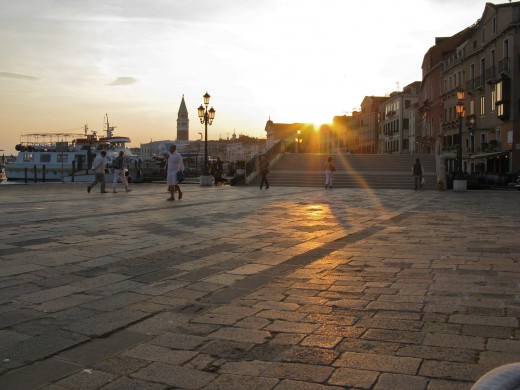
After dinner, we walked across the Piazza San Marco (St. Mark's Square, in English). This long stretch of tile was bordered by live bands seeking to draw in passers-by. Charismatic and vivacious, the musicians and band leaders called out to the audience with jokes and folk stories, then ramped up a foot-tapping melody. From the center of the plaza, the contradicting music from so many different performances created a cacophonous competition for our attention, but what really amazed us was the flat, stretched-out plaza itself. Venice was built on a series of 118 islands, many of which were formed by pulling dirt out of the lagoon. The spots where the dirt was lifted became canals. This long stretch of stone tile was built on silt and pond scum!
Photos of Venice: St. Mark's Square
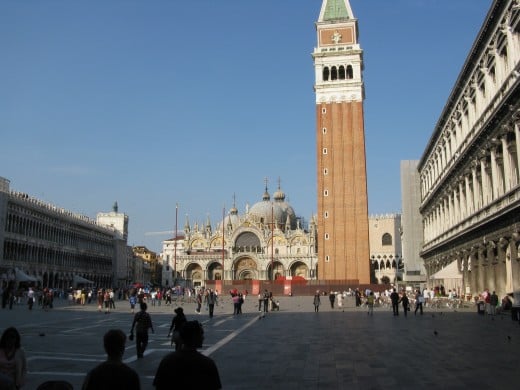
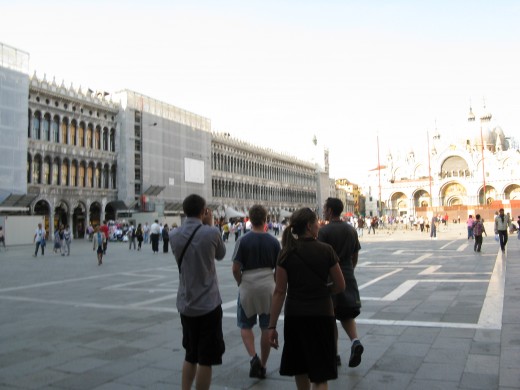
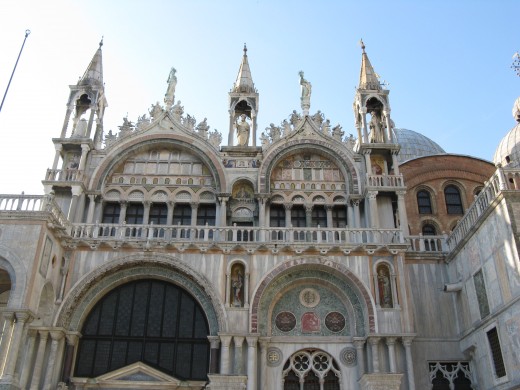
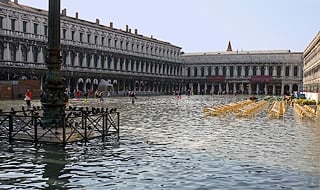
Travel Blog: Exploring Venice on Foot
Though St. Mark's Square is the historic center of economic and church activity and the current center of tourism, the smaller alleyways and canals with their delicate Gothic bridges were what we really wanted to see. I was enchanted by the colors of the buildings. Each was unique. Bold pinks and oranges traded off with frescoed yellows and creams. Then a bright turquoise door or window flowerpot would stand out. Even the architecture of each building was different. Sometimes a flat-fronted building would have four or five balconies looking out over the water, other times just a railing across a window. Statues and trim in an Eastern Orthodox style would suddenly light up another building, and an occasional dome-topped church and steeple would contrast with the flat tile roofs.
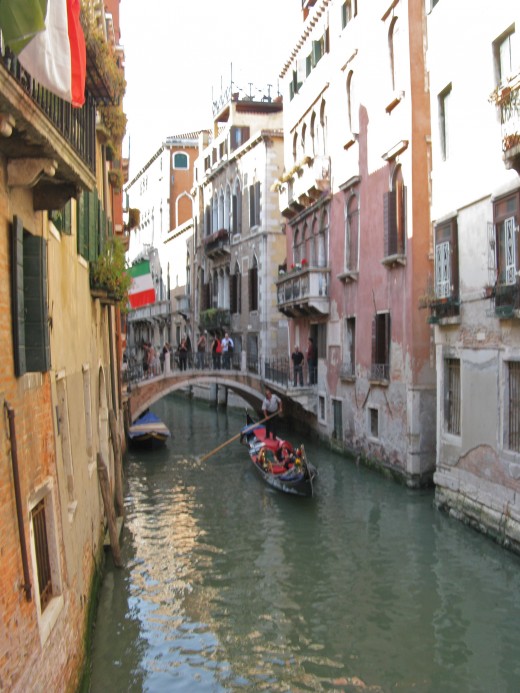
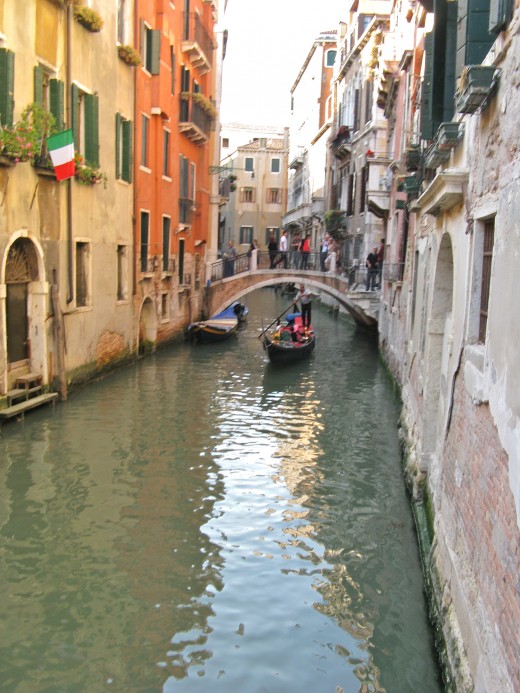
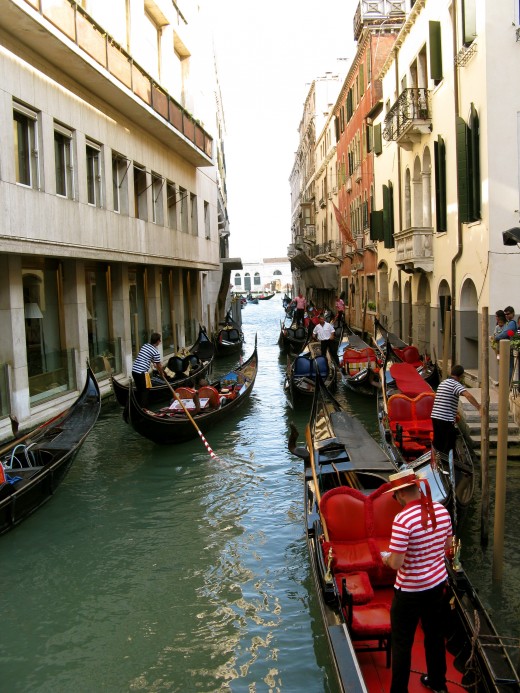
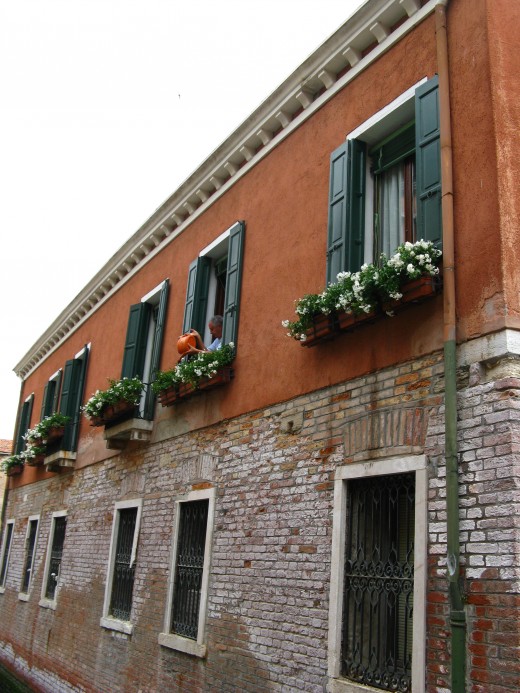
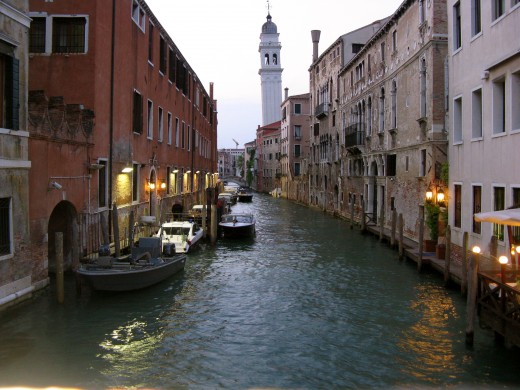
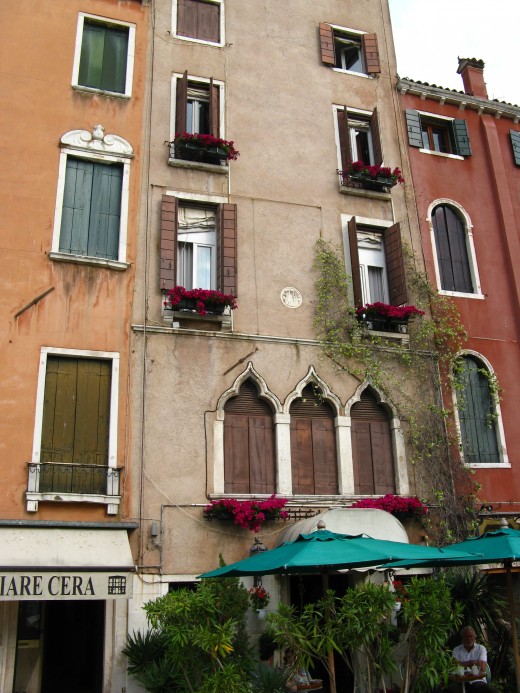
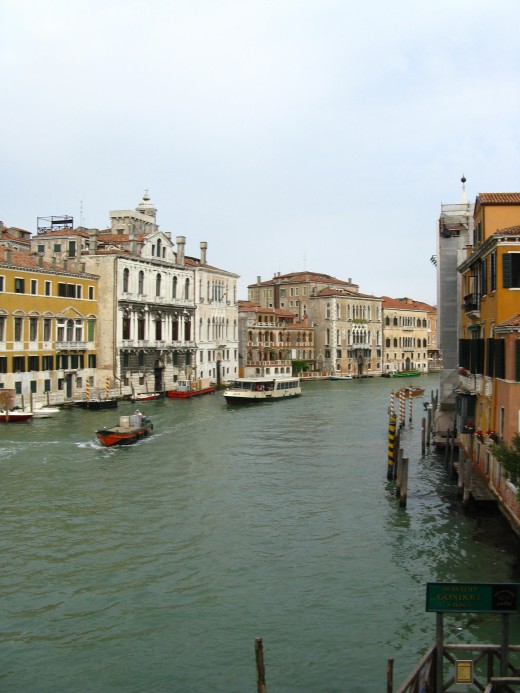
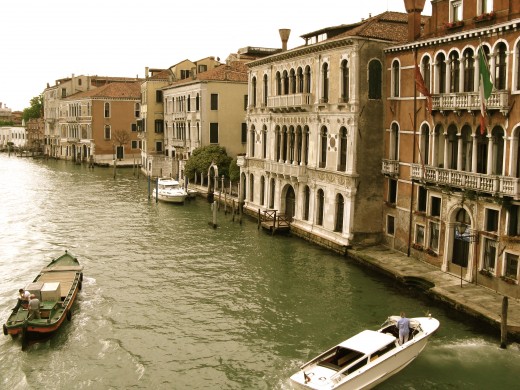
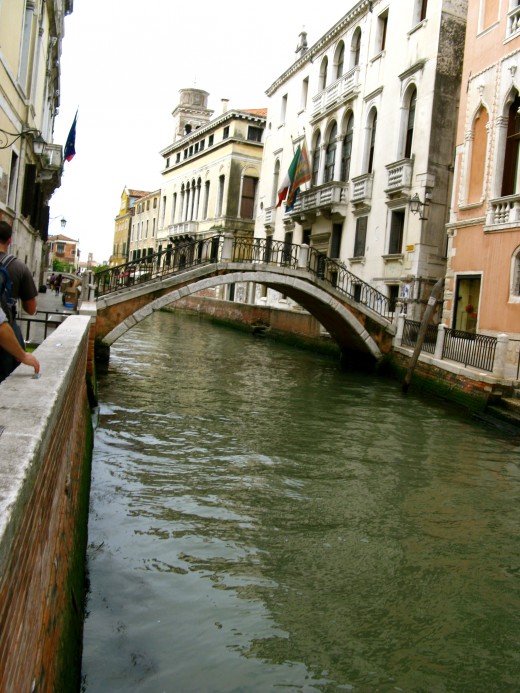
Often when I visit a new place, I wonder, "Could I live here?" I'd like to think that by the grace of God, any location could be a place to build a happy home. Though beautiful and intriguing, and though surrounded by boats and boating (which I love), Venice would be a difficult place to live. An average of 50,000 tourists each day added on to the city's 271,000 residents make for a very crowded city. I know we visited the most touristy spot in Venice, and that any other place besides St. Mark's Square has a more local, and thus more stable, culture.
However, the cost of living in Venice is fairly high, and Venice is losing its population due to taxes and the cost of rent. The average foreigner who moves to Venice spends only a few years there before moving away again.
Another thing that I noticed was the dank and musty smell when in the city itself. The footpaths are so narrow and the buildings so close, that I can't imagine a wind ever touches it. Venice is surrounded by water, crisscrossed by water, and subject to almost yearly flooding. It's no wonder that mold and mildew are a way of life for Venice. In our hotel, where we stayed for one night in May, my window was so hemmed in by neighboring buildings that it was impossible to open it all the way, and even if it could open all the way, I don't think I could get so much as a thin little breeze into our stuffy room. For someone who grew up in dry and open Colorado, Venice felt almost claustrophobic. It's no wonder that the Venetians put so much care into their potted plants and patio gardens, because that's the only bit of freshness this stone-and-water city can produce.
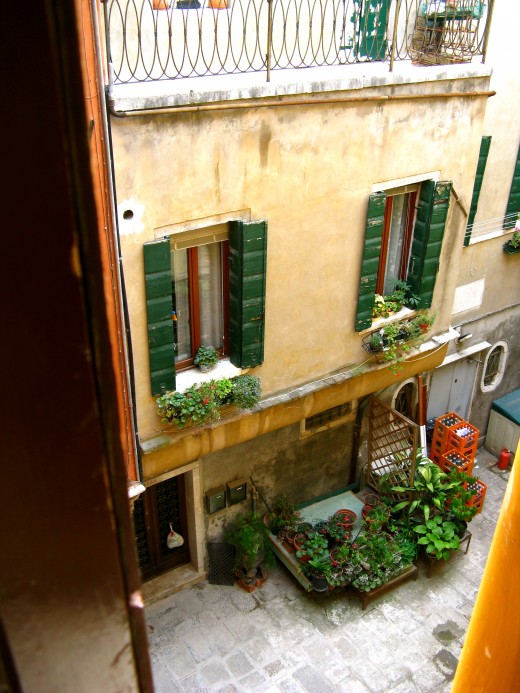
A night and half-a-day later, and we were on our feet again, winding our way through narrow streets to find our way out of Venice. In the morning light, Venice was a cheerful and productive place. We saw less of the touristy nightlife and more of the normal locals going about their day. Boats loaded with basil and tomatoes glided up to the sidewalk with fresh bounty for sale from the farmland outside Venice. Street merchants arranged their Gucci bags on their mats to tempt our eyes. An old man opened a window above me and generously doused his flowers, the water overflowing and trickling down the wall, across the sidewalk, and trickling into the canal lapping at my feet.
